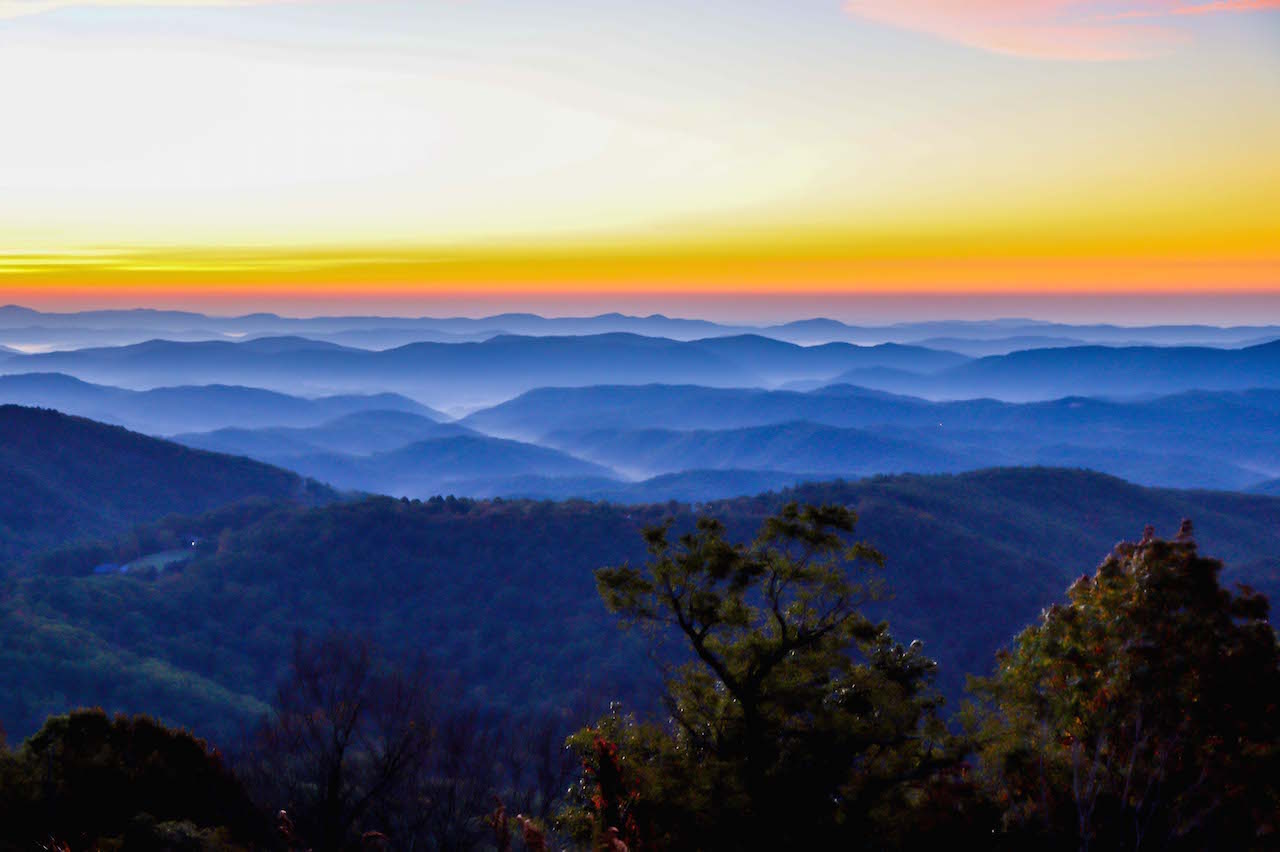The desert, with its arid expanse and sweeping dunes, often evokes images of vast nothingness. Yet, beneath this seemingly desolate surface lies a world thriving with life, ingenuity, and unexpected marvels. This article delves into the multifaceted nature of deserts, unveiling intriguing facts about survival, the peculiarities of sand, and the bizarre creatures that call this environment home.
Deserts are frequently characterized by their stark beauty and formidable climate. These regions often receive less than ten inches of rainfall annually, creating an environment that seems inhospitable. However, this aridity motivates a host of remarkable survival strategies among both flora and fauna. Plants such as cacti have evolved intricate adaptations, such as thick, waxy skins and the ability to store water, which allow them to endure prolonged dry spells. Their spines, while seemingly menacing, serve a dual purpose—acting as a deterrent to herbivores while also minimizing water loss through transpiration.
The iconic saguaro cactus, for instance, can grow to be over fifty feet tall and live for more than a century. Moreover, this majestic plant is a hub of life; its flowers bloom at night, attracting nocturnal pollinators like bats, while its succulent flesh provides sustenance for birds and mammals alike. Such interdependence underscores the complexity of desert ecosystems, revealing that even in the harshest environments, life finds a way to flourish.
In the realm of desert survival, animals exhibit an astonishing array of adaptations. The fennec fox, with its oversized ears, utilizes its acute sense of hearing not only to locate prey but also to dissipate heat. Similarly, the kangaroo rat has evolved the ability to extract moisture from the seeds it consumes, negating the need for drinking water from external sources. These adaptations demonstrate a profound relationship with the ecosystem where survival is a delicate dance with the elements.
As one delves deeper into the world of deserts, one cannot ignore the foremost feature that defines these landscapes: sand. The very grains themselves tell a story of geological history and transformation. Composed chiefly of quartz, sand results from the incessant weathering of rocks, a process that can take thousands to millions of years. The colors of desert sand vary, ranging from golden yellows to deep reds, influenced by the mineral content and surrounding geology.
Sand dunes, sculpted by the relentless winds, exhibit a phenomenon known as “barchan” formations. These crescent-shaped dunes move across the landscape, shifting and reshaping as the winds dictate. The dance of the dunes is both mesmerizing and enigmatic, drawing attention to the dynamic nature of an environment that many view as static and unchanging.
The desert night, stark and unyielding during the day, transforms into a surreal realm as darkness falls. The temperature drops dramatically, and a canopy of stars unfurls overhead. This transformation is not just visual; it signals a shift in activity for many creatures. The nocturnal lifestyle of some desert inhabitants leads to fascinating interactions, as they venture out to hunt, mate, and thrive under the cover of darkness. The coyote and the scorpion are prime examples of nighttime predators that utilize the cool air to their advantage.
One cannot discuss deserts without acknowledging the peculiar inhabitants that have adapted to thrive in such extreme conditions. Among them, the Gila monster stands out with its vibrant, beaded skin and venomous bite. This lizard, while seemingly unassuming, embodies resilience. It feeds primarily on eggs and small mammals, storing fat in its body to endure long periods without food. The Gila monster’s vibrant coloration warns potential threats of its venomous capabilities, a clever survival tactic that showcases nature’s artful design.
Equally intriguing is the phenomenon of the “Desert Tortoise,” an emblem of endurance and survival. This reptile has an exceptional ability to remain dormant during the scorching summer months. Burrowing underground and entering a state of brumation, these tortoises wisely evade the brutal heat, only emerging when conditions are more favorable. Their behavior is a testament to the adaptability of life in extreme circumstances.
In addition to extraordinary flora and fauna, deserts are home to remarkable human cultures. Indigenous peoples have inhabited these seemingly barren lands for centuries, developing intricate knowledge of their environment. The Navajo, for example, have long revered the arid landscape of the Southwestern United States, viewing it as a living entity. Their sustainable practices and deep spiritual connection to the land reflect a profound understanding of the intricate balance necessary for survival.
Deserts are also areas of scientific inquiry and exploration. Researchers study the unique ecosystems and climatic conditions to glean insights that can be applied in areas affected by climate change. The resilience displayed by desert flora and fauna offers valuable lessons in adaptation and sustainability, presenting a vivid metaphor for hope in the face of adversity.
As we unravel the fabric of desert life, we find that beneath the superficial appearance of desolation lies an intricate tapestry woven with resilience, adaptation, and awe-inspiring beauty. The desert not only challenges life but also inspires it, showcasing the incredible ability to thrive under the most demanding circumstances. From the bizarre adaptations of its inhabitants to the fascinating behaviors of its plant life, the desert serves as a reminder of nature’s boundless ingenuity and the enduring spirit of life.





